DIY REUSABLE BOWL COVERS
I made some fabric bowl covers and I wrote a little tutorial about it for you!
Bowl covers keep the bugs out while camping or having a picnic, they are easy to pack, easy to wash, and you reduce your use of single-use plastics and tin foil paper. No more fighting with cling wrap! I also made some for my plates to keep leftovers fresh. Homemade bowl covers can be washed and used again and again.
You can easily customize these reusable covers to the size of your own bowls and plates. It’s a quick and easy project, maybe not for the real beginner, because you are sewing around circles and using bias tape on curves, but when you master sewing straight lines, you can try this. You can do this!
You need cotton fabric (a circle a little bigger than the diameter of the bowl), some bias tape (circumference of the bowl), and some 1/4” elastic (circumference of the bowl minus 5 inch). Gather your scissors, pins, sewing machine with matching threads, and your iron.
I used a fat quarter of this lovely organic cotton from Birch Fabrics. This fabric is one of the items in our latest Sew Happy Box.
Wash, dry, and iron the fabric you are using for this. Washing it thoroughly is important to ensure possible chemicals are removed from your fabric.
Place the bowl or plate you are making the cover for face down on the wrong side of the fabric and trace around the bowl with a marker. I want to make covers for all 5 of these: a glass, a plate, a soup bowl, my granola bowl, and a medium sized salad bowl.
Now we need a circle around these vessels that has a diameter that is 2 inches bigger. Measure and make small marks all around - 1 inch away from the circle you have just drawn. Draw the circle by connecting the marks.
Cut out the larger circle with your scissors or a rotary cutter and mat.
If you need more than 1 cover of the same size, trace this fabric piece before going to the next step.
Take your bias tape. If you want to make bias tape yourself, check out this tutorial. Be sure to cut your tape on the bias so it has some stretch– this is an important step for working with curved edges.
Fold the bias tape open, take one narrow side and with the right sides facing, pin the bias tape to the edge of the cut circle. Pin every inch or so all the way around the circle. A lot of pins is a good idea here! When you’ve gotten back to the beginning of your bias tape, fold one end in and overlap the other end a little and then trim off the excess fabric.
Stitch along the crease in the bias tape with your sewing machine, about 1/4” from the edge, all the way around.
Trim off any excess fabric from the cut circle if your fabric peeks out in some places. Then fold the bias tape over the raw edge and tuck in the other small raw edge. Pin all around.
Now topstitch on top of the bias tape at the wrong side of the fabric circle, very close to the edge where the fabric and the bias tape come together. The bias tape finishes off the edges nicely and makes the elastic casing. Don’t forget to leave a 1 ½ inch opening to insert the elastic– preferably somewhere in the middle, rather than where the 2 ends meet, that’s too difficult.
I use MadamSew Fantastic Elastic. Just cut a thin strip to insert in the bias binding. Because it stretches really nicely, I cut it 6 inches shorter than the circumference.
Pin a safety pin into one end of the elastic. Work the elastic through the casing. When you reach the other end, overlap the 2 ends of the elastic and sew them together.
Work elastic all the way into the casing and then topstitch the edge of the opening to finish off your project.
You can also easily make a reversible bowl cover. Just add an extra circle on the back side and insert it into the bias tape.
Happy summer sewing!
Download this tutorial HERE







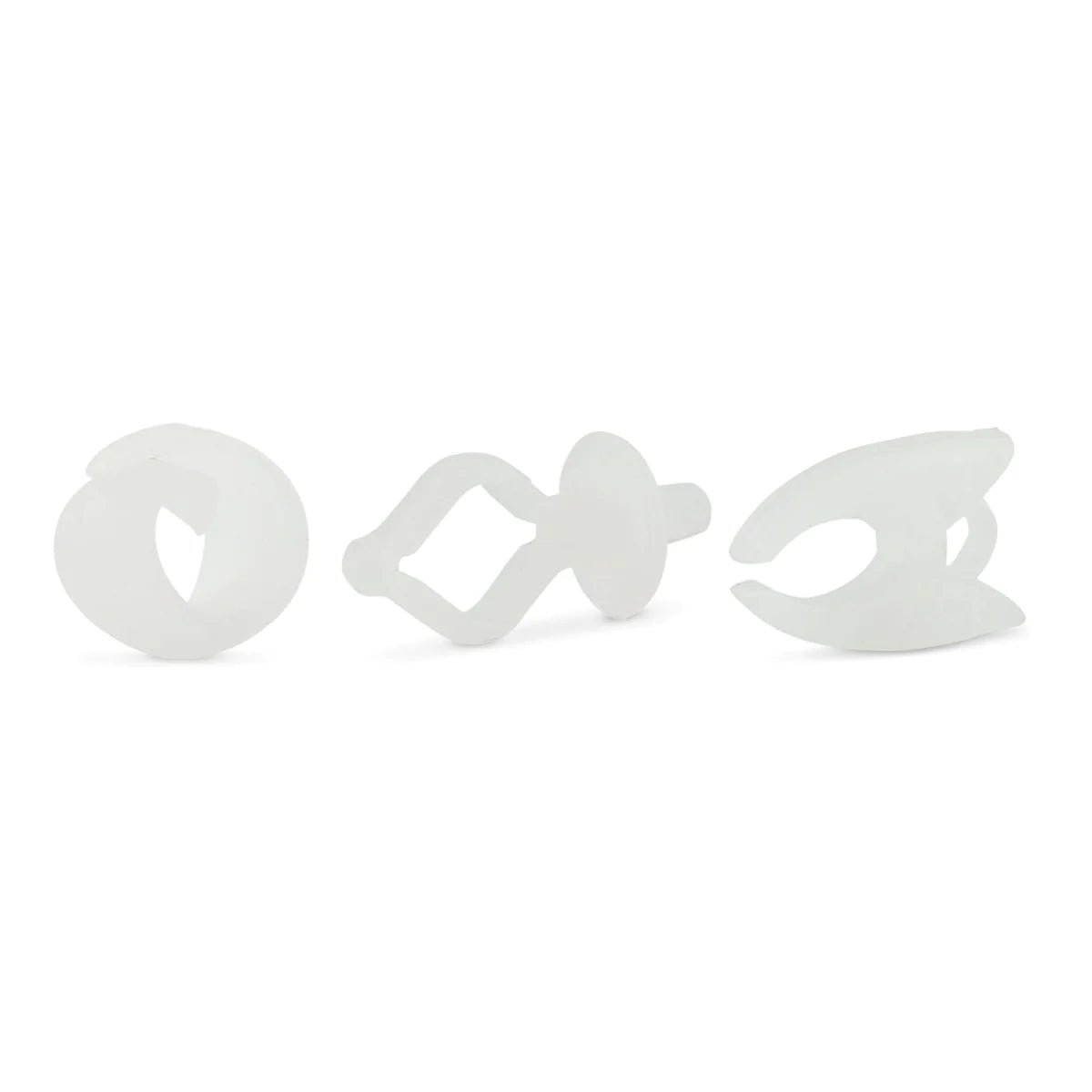
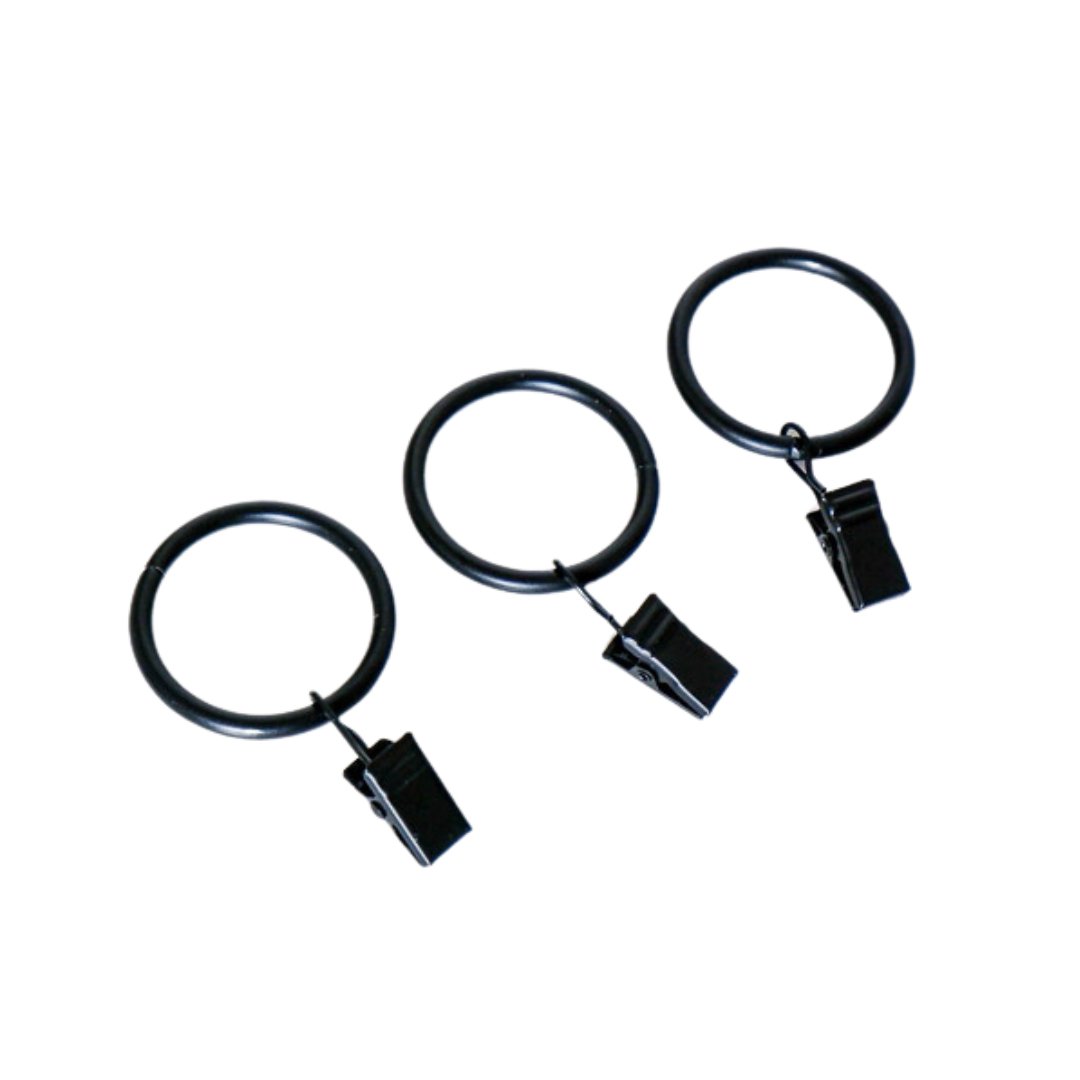
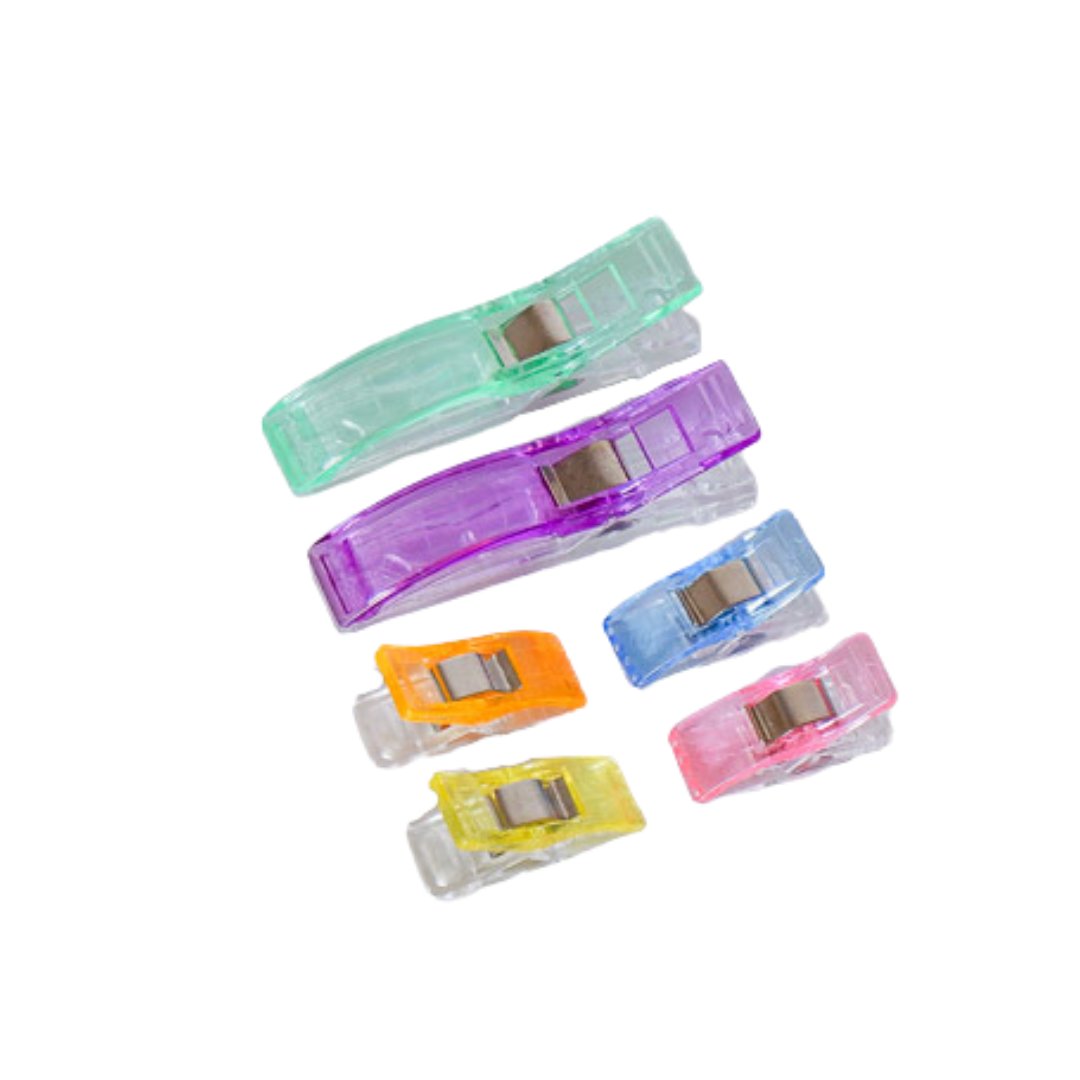
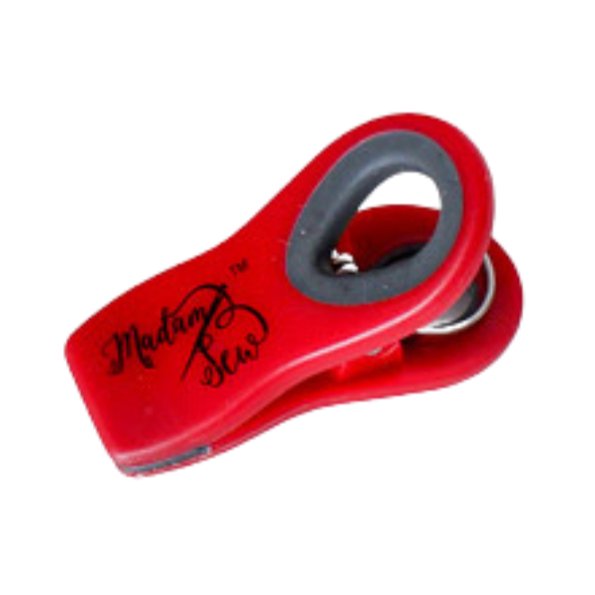
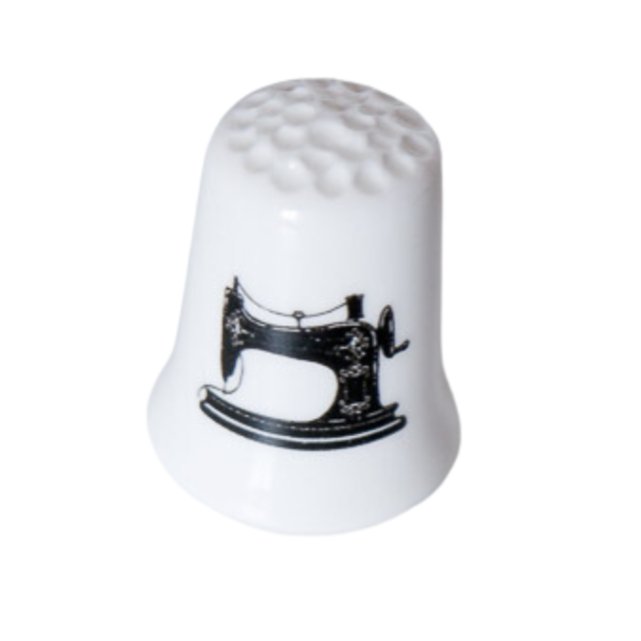
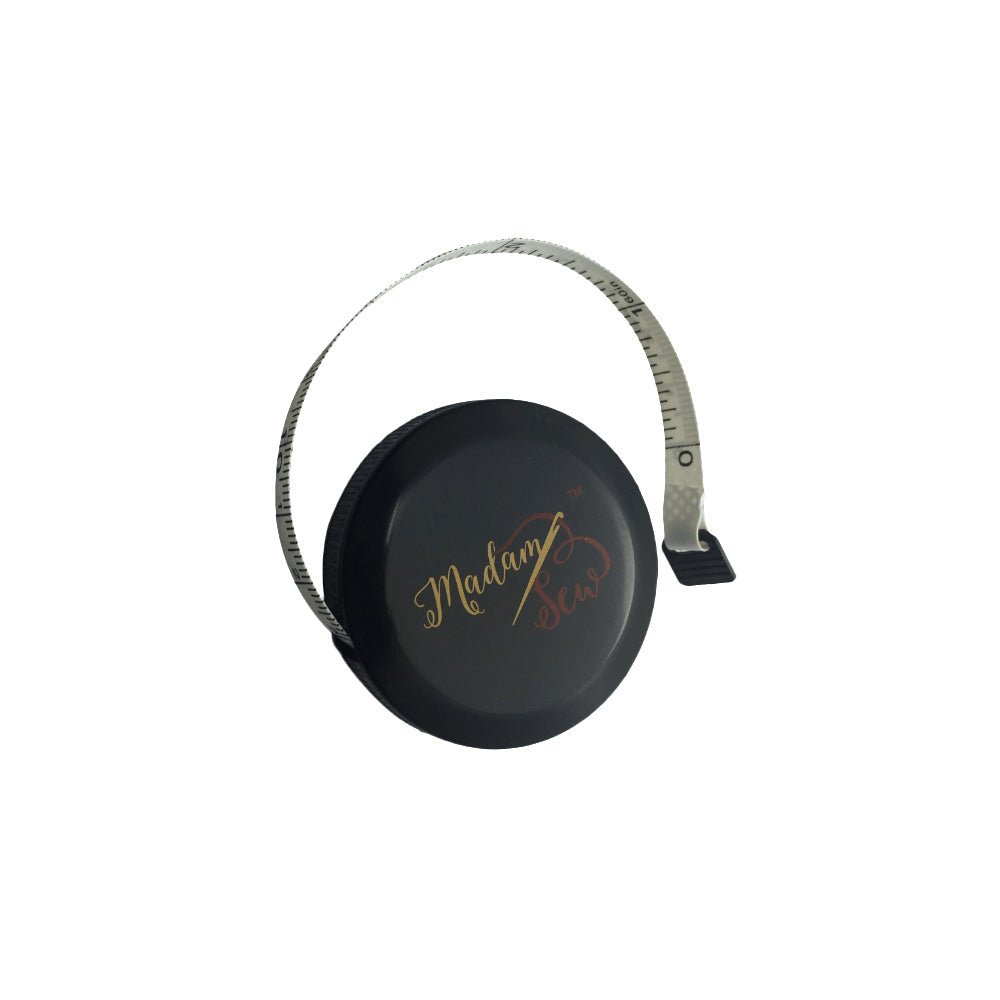
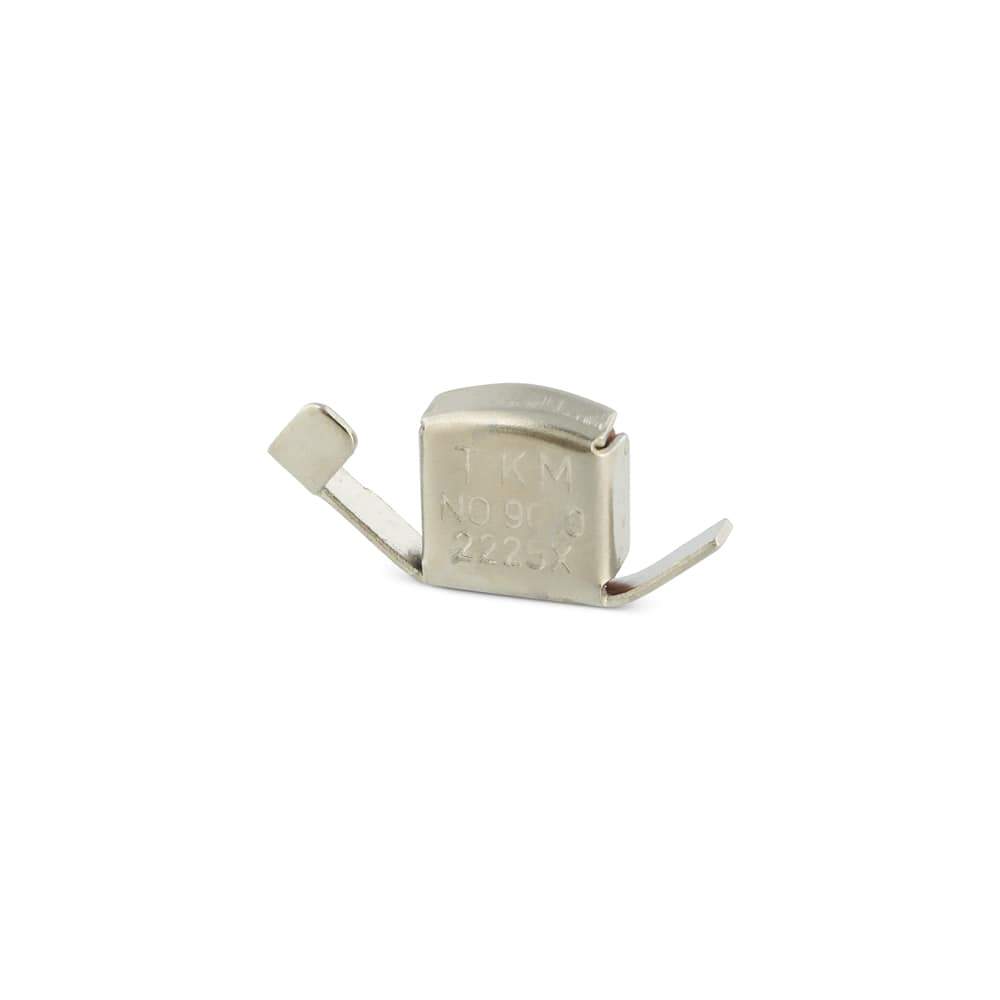

20 comments
Hi Pamela, If you want to make these fluid proof you could try beeswax. It is so eco friendly and durable.
I have learned a lot from watching your tutorials that will speed my sewing and save time. Thank you for sharing you knowledge. Judy
Is there a way to make these liquid-proof without using a plastic lining, please? That would be helpful.
What a great idea!
Thank you.